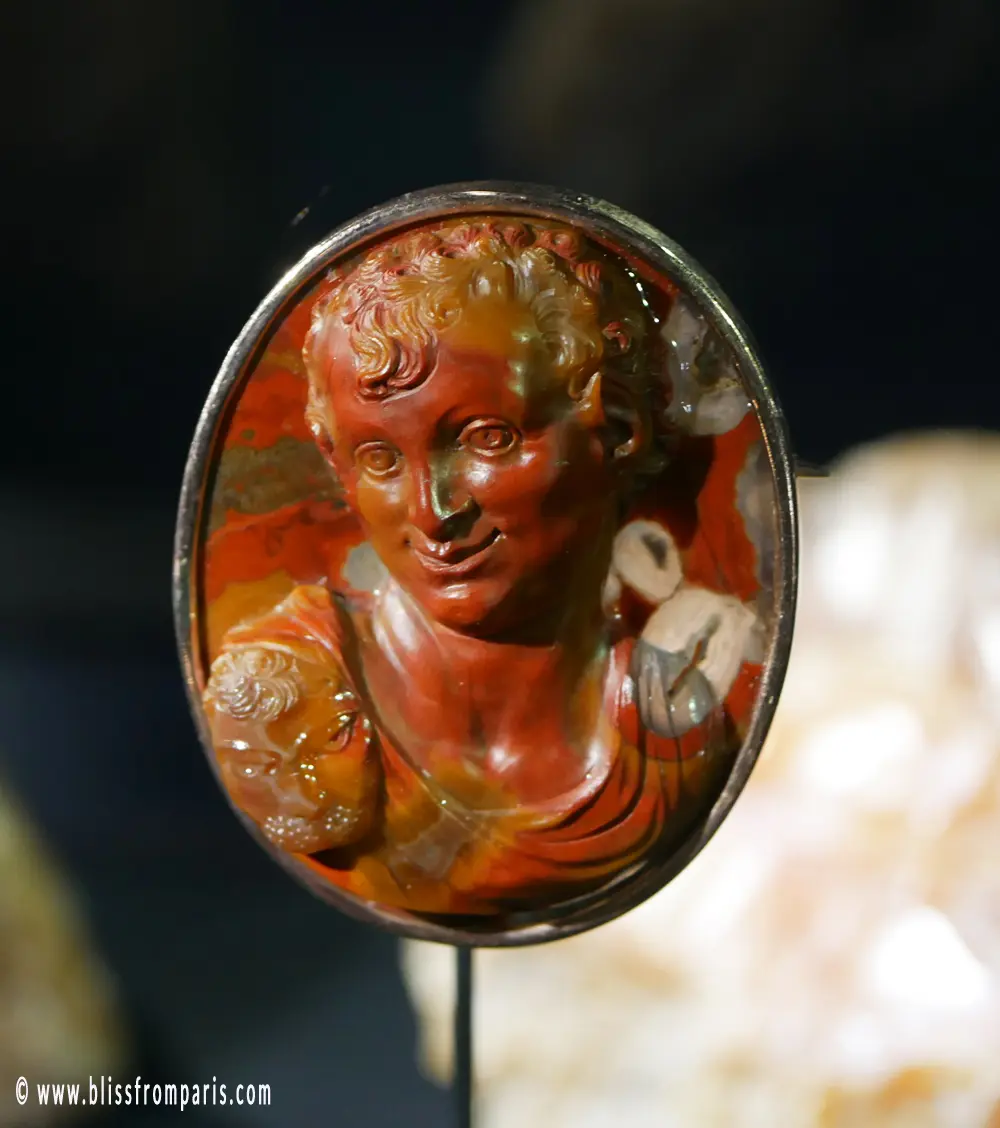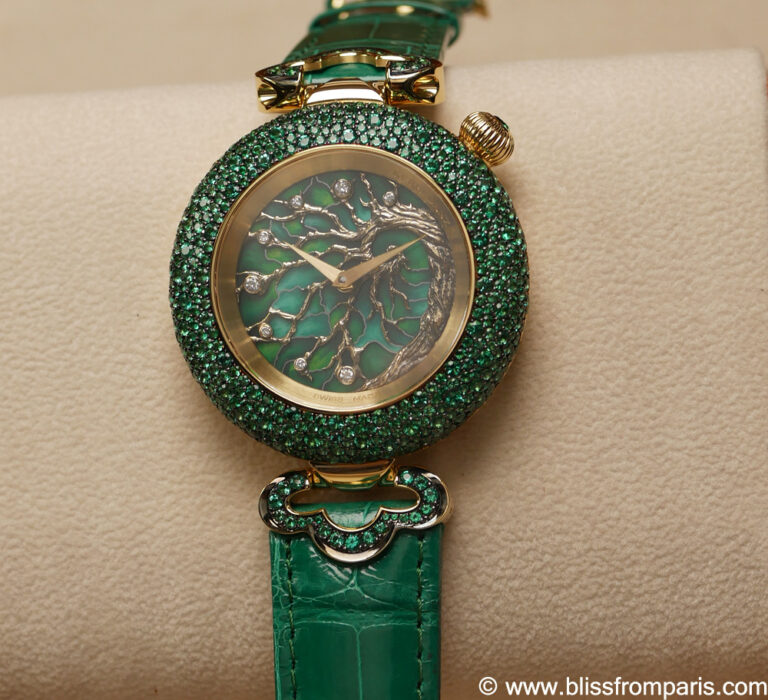From May 12 to October 1, 2022, L’École des Arts Joailliers will present an exhibition “ENGRAVED GEMS, CAMEO, INTAILS AND RINGS FROM THE GUY LADRIÈRE COLLECTION”. This exhibition tells the story of the art of engraved stones from Antiquity to the 19th century. From a private collection, Greek and neoclassical intaglios, ancient and medieval cameos, small sculptures from the imperial period, Merovingian signet rings, Episcopal rings will be brought together to evoke all the facets of the millennial art of glyptic.


The term glyptic (from a Greek word meaning to engraving) refers to small-scale sculpted works made from hardstone and precious stones. This technique can be practiced in various ways: in the round, in bas-relief, in relief and in recess. The intaglio corresponds to this work in recess: it is generally intended to leave an imprint in the wax or clay, so that one could use them like seals, for stamping one’s mark. The image is thus created in reverse, so that its impression appears in the proper orientation. If the stone is sculpted in bas-relief, it is called a cameo. This technique appeared around the 3rd century BCE, possibly in Egypt. Finally, engravers could also sculpt works in the round, statuettes, portraits or other elements to be inset into precious objects.



Stone engravers, sometimes called lithoglyphs, most often use stones with little market value. These are primarily quartz, designated according to their appearance. The stone most used since the origins of glyptic is carnelian, which is heated to accentuate its orange color.Since Antiquity, the technical principle of glyptic has not changed: the stones were worked by abrasion using a rotating drill. It is not the tool that directly cuts the stone but the abrasive powder placed on its surface.


The exhibition is organized around different themes, mainly chronological and sometimes iconographic (Greek and Roman Egypt, imperial portraits, gems in the Middle Ages, the Renaissance, the heads of Medusas, two thousand years of rings, etc.). Through the study of the remarkable private collection of Guy Ladrière, exhibited for the first time to the public, it is a real initiation into the history of glyptics that is offered at L’École des Arts Joailliers. Two hundred pieces will be exhibited, from Greek Antiquity to the 19th century, presenting a continuous panorama of techniques and styles.




L’École des Arts Joailliers
31 rue Danielle Casanova
75001 Paris
Exhibition from May 12th to October 1st 2022
Tuesday to Saturday, 12pm to 7pm
Evening hours on Thursdays until 8pm
The exhibition will be closed on Thursday May 26th, Thursday July 14th, as well as from August 8th to 21st 2022
Free entry and visits, by reservation on www.lecolevancleefarpels.com




